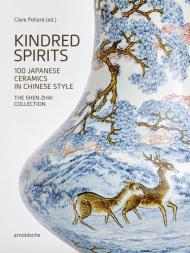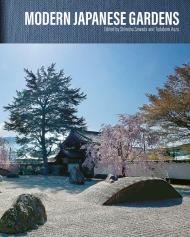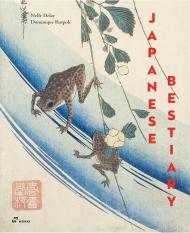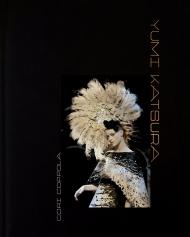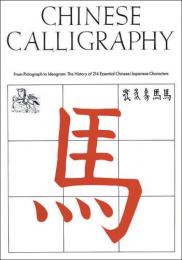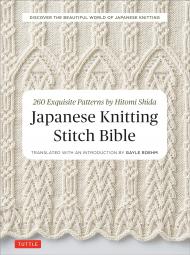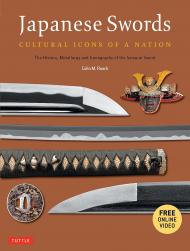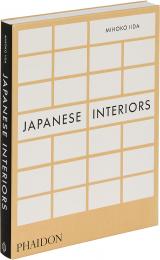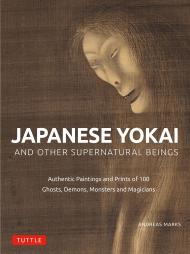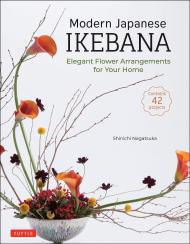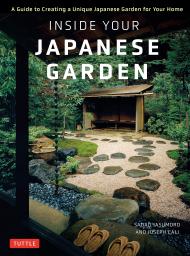Перша комплексна монографія про японську кераміку в китайському стилі та її історію.
100 прекрасних керамічних виробів демонструють мистецькі зв'язки між Японією та Китаєм протягом багатьох років.
Цінне довідкове джерело для колекціонерів та мистецтвознавців.
Kindred Spirits демонструють визначний розквіт кераміки в китайському стилі, який відбувся в Японії після середини 19 століття. Протягом понад тисячі років китайська кераміка була предметом захоплення та наслідування в Японії. У цій книзі вперше обговорюється, як ці мистецькі зв'язки розвивалися в епохи Мейдзі, Тайсьо та ранньої епохи Сьова. Добірка зі 100 робіт з відомої колекції Шень Чжай демонструє асортимент та якість цієї кераміки, від елегантних селадонів до вишуканої підглазурної блакитної порцеляни. Детальні описи, клейма виробників та написи на коробках роблять цю книгу цінним довідковим ресурсом для колекціонерів та мистецтвознавців.
Про автора:
Роуз Керр є почесним членом Дослідницького інституту Нідхема в Кембриджі (Велика Британія) після виходу на пенсію з посади хранителя Далекого Східного відділу Музею Вікторії та Альберта в Лондоні. Вона викладає та читає лекції на міжнародному рівні, є почесним членом Університету Глазго; опікуном Фонду китайського мистецтва сера Персіваля Девіда; та музейним експертом-радником Гонконгу. У 2015 році вона стала почесною громадянкою Цзіндечжень. Будучи автором та співавтором двадцяти шести книг про азійське мистецтво, вона регулярно пише статті для журналів та категорій. Патрік М. Квок (郭建明) — колекціонер із Сінгапуру в третьому поколінні, чий сімейний арт-бізнес відзначив своє сторіччя у 2018 році. Протягом останніх чотирьох десятиліть його дослідницькі інтереси охоплювали широкий спектр китайського мистецтва, зокрема бронзу та кераміку. Вони складають основні колекції 慎齋 (Шень Чжай), Студії шанування. Бронзові вироби були задокументовані у томі, який він відредагував, «Діалог зі стародавніми: 100 бронз династій Шан, Чжоу та Хань: колекція Шень Чжай» (Select Books, 2018). Він є віце-президентом Китайського товариства в Сінгапурі, а з початку 1980-х років є членом Товариства східної кераміки в Лондоні, а також у Гонконзі, а також Товариства кераміки Південно-Східної Азії в Сінгапурі. Його інтерес до японського мистецтва спонукав його зосередитися на впливі китайської естетики на японську кераміку, скульптуру та живопис. Доктор Маедзакі Шінья (前崎信也) — професор історії мистецтва та дизайну в Кіотському жіночому університеті та запрошений дослідник у Центрі досліджень мистецтв Університету Ріцумейкан та Архівному дослідницькому центрі Кіотського міського університету мистецтв. Після отримання докторського ступеня в Лондоні в 2009 році він шість років працював постдокторантом в Університеті Ріцумейкан, Кіото. У 2015 році він обійняв посаду доцента в Кіотському жіночому університеті та був підвищений до професора в квітні 2022 року. Доктор Клер Поллард — куратор японського мистецтва в Музеї Ашмола Оксфордського університету. Після отримання докторського ступеня в Оксфорді в 1996 році вона сім років працювала куратором східноазійських колекцій у бібліотеці Честера Бітті в Дубліні. У 2004 році вона обійняла посаду куратора японського мистецтва в Художній галереї Нового Південного Уельсу в Сіднеї, перш ніж повернутися до Ашмоліанської музеї в квітні 2006 року.
